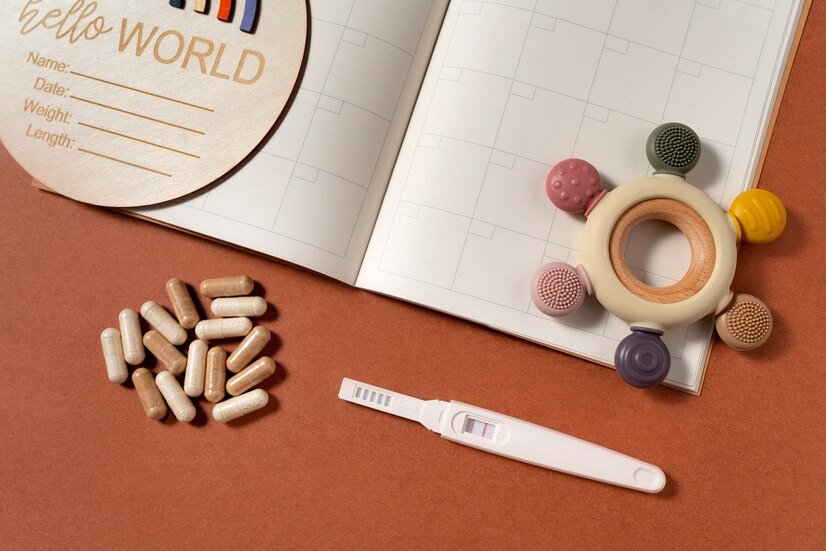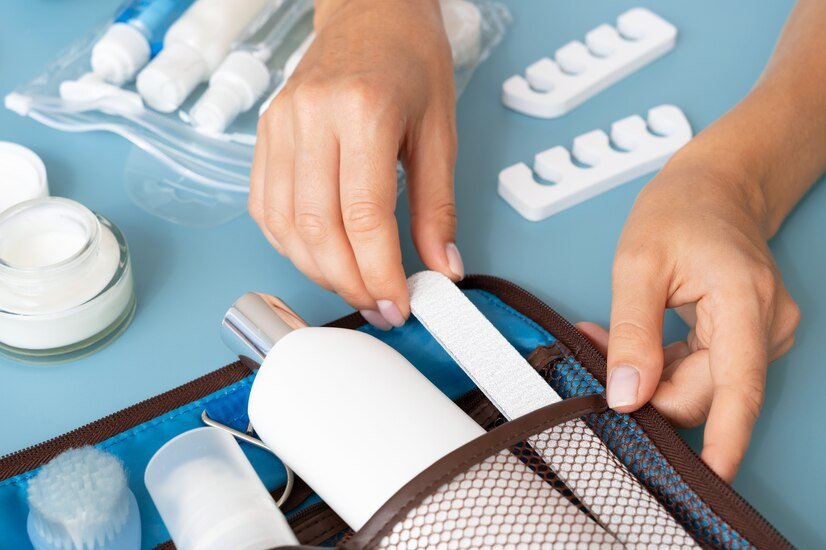Health
Moleskin for Blisters: Your Ultimate Guide 4 Great
Moleskin for Blisters , despite its name, has nothing to do with the furry little creatures. Instead,

Moleskin for Blisters , despite its name, has nothing to do with the furry little creatures. Instead, it’s a versatile material that has been used for decades to treat blisters and other skin irritations. Originally developed for medical purposes, moleskin has found its way into the hiking, running, and outdoor enthusiast communities as a go-to remedy for preventing and treating blisters.
Understanding Blisters
Blisters are fluid-filled pockets that form on the outer layer of the skin. They can be caused by friction, heat, or certain medical conditions. While blisters are often small and relatively harmless, they can become painful and lead to further complications if not treated properly.
Why Choose Moleskin for Blisters?
Moleskin offers several advantages when it comes to blister treatment. Firstly, its soft, cushioned texture helps reduce friction and pressure on the affected area, promoting healing and preventing further damage. Additionally, moleskin is adhesive, allowing it to stay in place even during vigorous physical activity.
How to Use Moleskin for Blisters
Using moleskin to treat blisters is a straightforward process. Begin by cleaning and drying the affected area thoroughly. Next, cut a piece of moleskin slightly larger than the blister and carefully apply it over the blister, ensuring that the edges are securely sealed. For larger blisters or areas prone to friction, additional layers of moleskin may be necessary.
Tips for Preventing Blisters
While moleskin is an effective treatment for existing blisters, prevention is always the best approach. To minimize the risk of blisters forming in the first place, it’s essential to wear properly fitting footwear and moisture-wicking socks. Additionally, keeping feet clean and dry can help reduce friction and irritation.
Moleskin for Other Uses
In addition to treating blisters, moleskin has a variety of other applications. It can be used to protect sensitive areas of the skin from rubbing or chafing, such as the heels, ankles, and toes. Some people even use moleskin to cushion the straps of backpacks or sandals for added comfort during extended wear.
Choosing the Right Moleskin Product
When selecting a moleskin product, it’s essential to consider factors such as thickness, adhesive strength, and intended use. Thicker moleskin is generally more durable and provides better cushioning, while thinner varieties may be more suitable for sensitive areas or footwear with limited space.
Moleskin vs. Other Blister Treatments
While moleskin is a popular choice for blister treatment, it’s not the only option available. Bandages and plasters are also commonly used to protect blisters and promote healing. However, moleskin offers distinct advantages, such as greater durability and the ability to conform to irregular surfaces.
Safety Considerations and Precautions

While moleskin is generally safe for use on intact skin, some individuals may experience allergic reactions or irritation. It’s essential to test a small patch of moleskin on the skin before applying it to a larger area, especially if you have sensitive skin or known allergies. If irritation occurs, discontinue use and consult a healthcare professional.
Conclusion
Moleskin is a versatile and effective treatment for blisters and other skin irritations. Its soft, cushioned texture provides relief from friction and pressure, promoting healing and preventing further damage. By following proper application techniques and taking preventive measures, you can keep your skin healthy and blister-free during your adventures.
Frequently Asked Questions
What is moleskin made of?
Moleskin is typically made of cotton fabric with an adhesive backing.
Can moleskin be used on open blisters?
While moleskin is primarily intended for intact skin, it can sometimes be used on open blisters under the guidance of a healthcare professional.
How long should moleskin be left on a blister?
Moleskin can generally be left in place until it starts to peel off on its own or until the blister has healed.
Can moleskin be used on any part of the body?
Moleskin can be used on most areas of the body where friction or pressure may occur, but it should not be applied to mucous membranes or open wounds.
Is moleskin reusable?
While moleskin is designed for single use, some people find that they can reuse it by carefully removing it from the skin and reapplying it to a clean surface.
Table of Contents
-

 Business5 months ago
Business5 months agoSepatuindonesia.com | Best Online Store in Indonesia
-

 Technology3 weeks ago
Technology3 weeks agoTop High Paying Affiliate Programs
-

 Tech5 months ago
Tech5 months agoAutomating Your Window Treatments: The Advantages of Auto Blinds
-

 Tech5 months ago
Tech5 months agoUnleash Your Potential: How Mecha Headsets Improve Productivity and Focus
-

 Instagram2 years ago
Instagram2 years agoFree Instagram Follower Without Login
-

 Reviews11 months ago
Reviews11 months agoAndroid Laptop vs. Chromebook: Which one is better?
-

 Instagram2 years ago
Instagram2 years agoIGTOK – Get Instagram Followers, Likes & Comments
-

 Business8 months ago
Business8 months agoFollow These 5 Tips To Avail Personal Loans At Lower Interest Rates




















